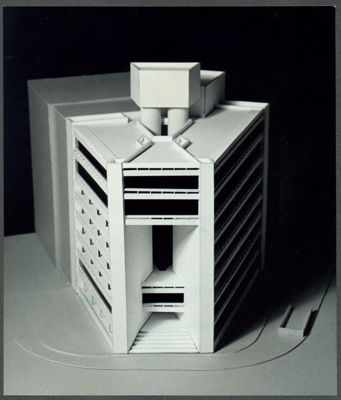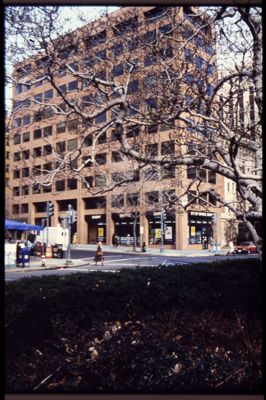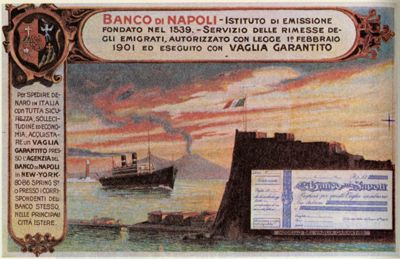| description |
TIMELINE
1906: Banco di Napoli (BN) inspectorate office opened in New York.
1909: BN inspectorate office in New York transformed into an agency.
1918: Banca Commerciale Italiana (BCI) branch opened in New York.
1924: Banca Commerciale Italiana Trust Co., subsidiary of BCI, founded in New York.
1929: Banca Commerciale Italiana Trust Co., subsidiary of BCI, founded in Boston and Philadelphia.
1929: Banco di Napoli Trust Co., subsidiary of BN, founded in New York.
1931: Banco di Napoli Trust Co. of Chicago, subsidiary of BN, founded in Chicago.
1945: BN representative office opened in New York.
1945: BCI representative office opened in New York.
1947: Istituto Mobiliare Italiano (IMI) representative office opened in Washington.
1949: BN agency opened in New York.
1969: BCI branch reopened in New York.
1972: BCI representative offices opened in Chicago and in Los Angeles.
1974: BCI representative offices in Chicago and Los Angeles transformed into branches.
1975: Cassa di Risparmio di Firenze representative office opened in New York.
1976: Banco Ambrosiano representative office opened in New York.
1979: CARIPLO representative office opened in New York.
1980: Istituto Bancario San Paolo (IBSP) branch opened in New York.
1981: Stake in Long Island Trust Company (LITCO), later North American Bancorporation (NABAC), acquired by BCI.
1982: IBSP branch opened in Los Angeles.
1983: BCI representative office opened in Washington.
1985: CARIPLO branch opened in New York.
1987: BN representative office opened in Los Angeles.
1992: CARIPLO representative office opened in Chicago.
1996: IBSP branch in Los Angeles transformed into a representative office.
1996: CARIPLO representative office opened in San Francisco.
Initial contacts with the United States: emigrant remittances
Italian banks first turned their attention to the United States as floods of Italian citizens began emigrating there in the early twentieth century in search of fortune.
The first bank to involve itself with the matter of the savings of Italian emigrants was Banco di Napoli (BN), which had been tasked by the Italian government with managing their remittances. Operating initially through correspondent banks - in particular, Banca Cesare Ponti - BN used various tools (including money orders, savings accounts and checks) in an attempt to channel these savings towards Italy. It had limited success, however, due both to the minor banks and to various self-professed "bankers" who ended up either failing or running off. Seeing that its efforts were proving ineffective, the bank decided to establish a direct presence in the United States, opening an inspectorate office in New York in 1906; it would be transformed into an agency in 1909.
Banca Cattolica del Veneto also set up first-rate banking services for Italian emigrants from Italy's Veneto region.
Banca Commerciale Italiana (BCI)'s reasons for opening its New York branch in 1918 were somewhat different. Indeed, its chief objective was to obtain trade credits based on the acceptance of documentary drafts on goods. The branch was also active in the foreign exchange trade, and served as a sort of U.S. dollar treasury to meet the needs of the greater BCI Group. In the 1920s the bank provided significant debenture loans to Italian companies and public bodies.
The trust companies
Because of U.S. regulations that restricted the operations of the branches of foreign banks, particularly vis-à-vis the collection of deposits from Italian emigrant communities, in the 1920s Italian banks operating in the country began setting up trust companies that functioned like American banks. BCI established its first such company - the Banca Commerciale Italiana Trust Company of New York - in New York in 1924; this was later (in 1929) joined by another two trust companies in Boston and Philadelphia. In the same year BN transformed its own New York branch into a trust company called the Banco di Napoli Trust Company of New York, and in 1931 it established the Banco di Napoli Trust Company of Chicago.
Although BCI's trust companies would be liquidated at the end of the 1930s, BN's continued to operate successfully until war was declared between the United States and Italy in December 1941; at that point they were seized and forcibly liquidated, with the closing of the bank's branches as well.
After the war
After World War II came to an end, Italy's banks moved quickly to regain the positions they had been forced to abandon as the conflict raged on.
From November 1944 to March 1945 Raffaele Mattioli, BCI's managing director, took part in post-fascist Italy's first "economic mission" to the United States, whose aim was to prepare Italy for reintegration on an equal footing with the economic superpowers behind the international financial system that had begun to take shape following the July 1944 Bretton Woods conference.
In 1945 both BN and BCI opened representative offices in New York.
In 1947 IMI set up its own representative office in Washington in order to closely monitor how Italian industrialists were using the loans granted to them under the War Assets Administration (WAA) for the purchase of American surplus military equipment.Thanks to European Recovery Programme (ERP) funds for German and European economic reconstruction, IMI was also able to play an important role in financing technology and a broad range of manufacturing industries.
BN opened a new agency in New York in 1949.
The 1970s and '80s
In the 1970s, Italian banks began looking for ways to cooperate with international partners and revived their international presences in order to remain competitive vis-à-vis larger multinational banks, especially those in North America, which had by then gained a dominant position in Europe's financial and banking markets.
Indeed, the international expansion of Italy's banks had slowed down considerably following World War II. Even BCI, which had always given the utmost importance to its foreign investments, would not resume its international branch and representative office expansion policy until the late 1960s/early 1970s.
In 1969 the Milanese bank opened representative offices first in New York, then in Los Angeles and Chicago in 1972 (both were transformed into branches in 1974) and, finally, in Washington in 1983.
BCI was followed by Istituto Bancario San Paolo, which also opened a New York branch in 1980 and - some time later - representative offices in Los Angeles (1982) and Chicago (1989). CARIPLO, Banco Ambrosiano, Cassa di Risparmio di Firenze and BN did the same, the latter strengthening its own U.S. presence by opening a new representative office in Los Angeles in 1987.
In the 1980s, BCI attempted to further consolidate its U.S. presence by acquiring stakes in local banking companies such as the Long Island Trust Company (LITCO).
The direct U.S. presence of Italian banks would carry on into the present through mergers and the creation of Intesa Sanpaolo, which set up a hub in New York alongside its representative office in Washington. |
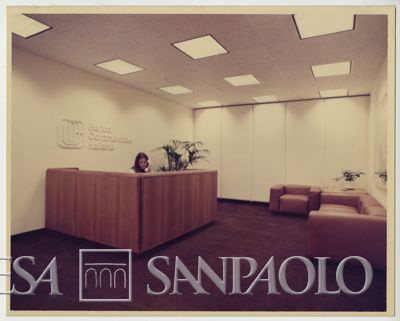
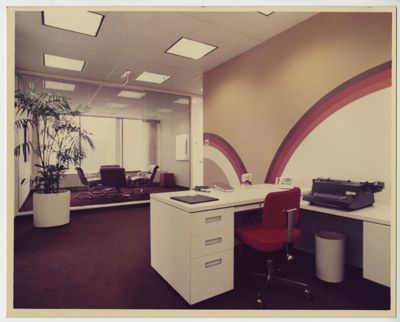


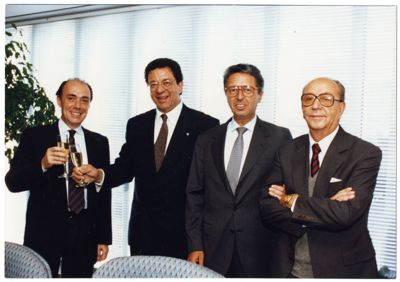
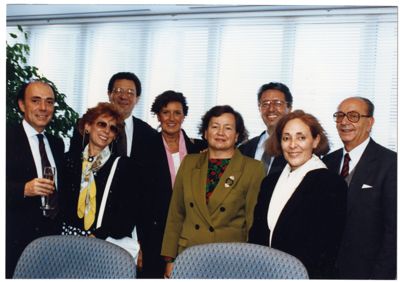

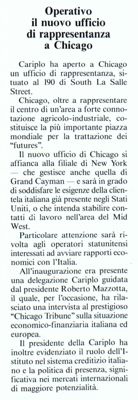
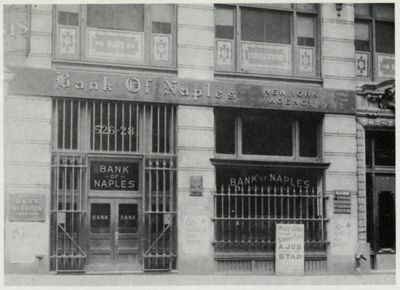
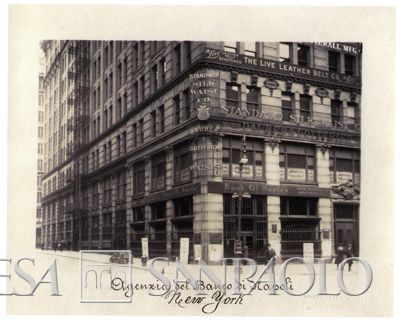


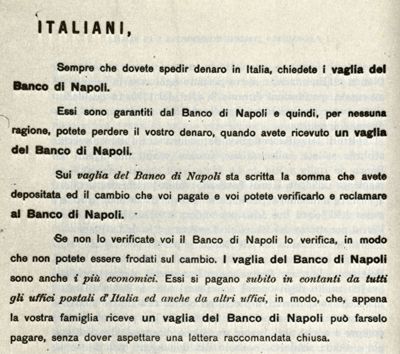
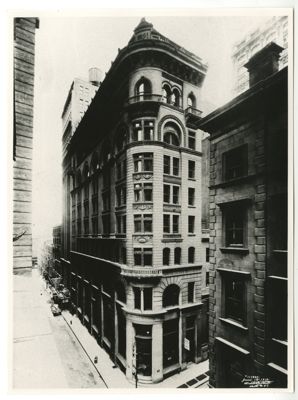
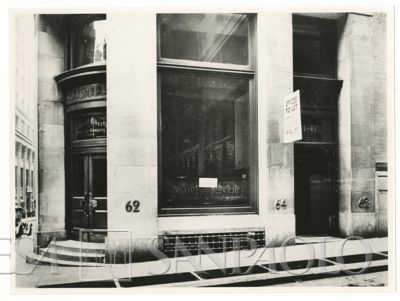
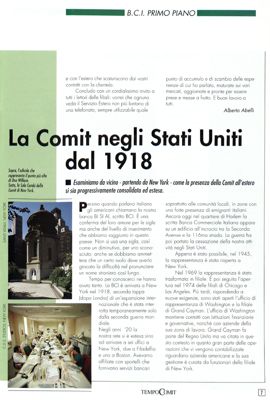
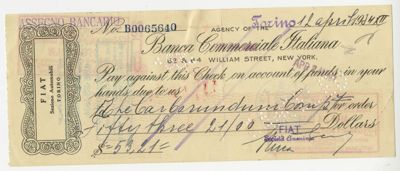


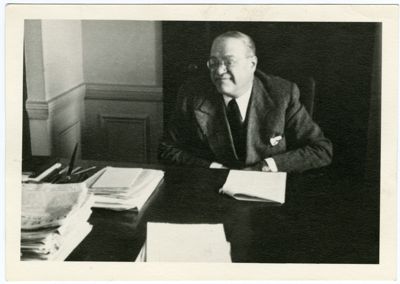
![Banca Commerciale Italiana, advertisement for travellers' cheques, [1931] (illustration by Manlio)](/world-map/image-t/IT/ISP/FT00001/0000094/IT.ISP.FT00001.0000094.0002.jpg)




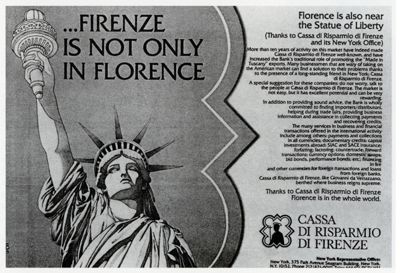

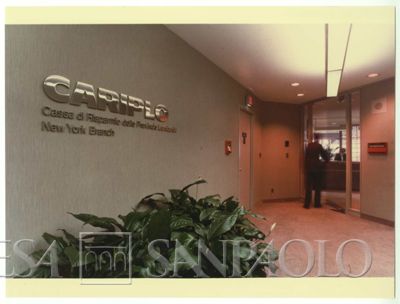
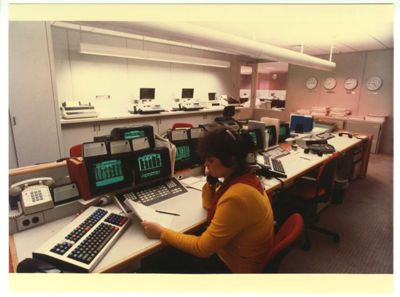
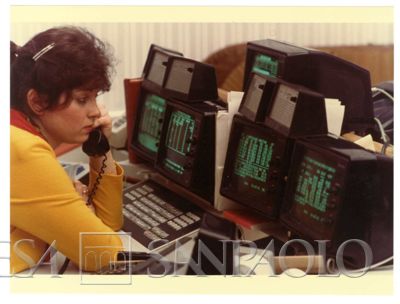







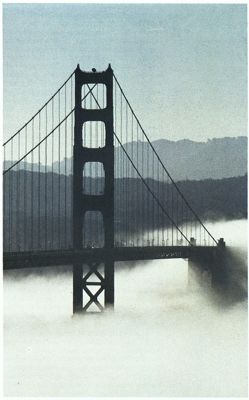

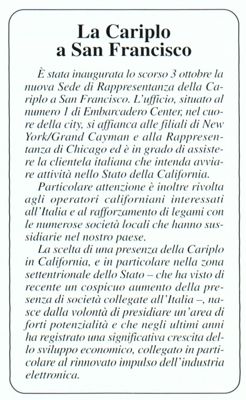
![Banca Commerciale Italiana Trust Company, Boston headquarter on [209 Washington Street], 1929-1930 (photographer unknown)](/world-map/image-t/IT/ISP/FT00001/0008155/IT.ISP.FT00001.0008155.0003.jpg)
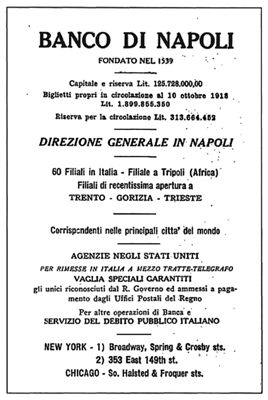
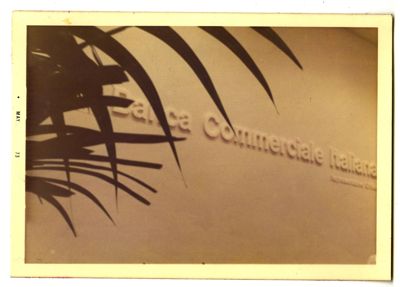


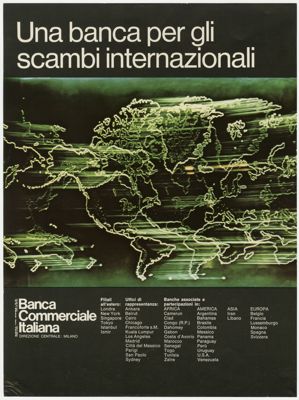
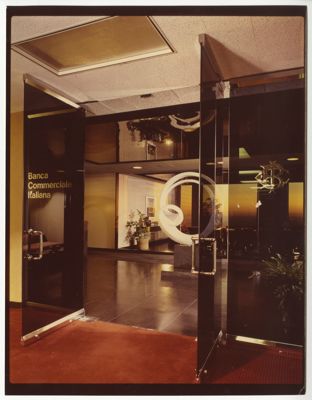
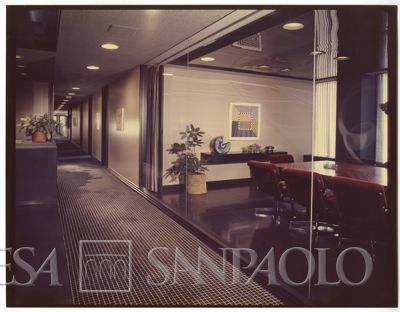



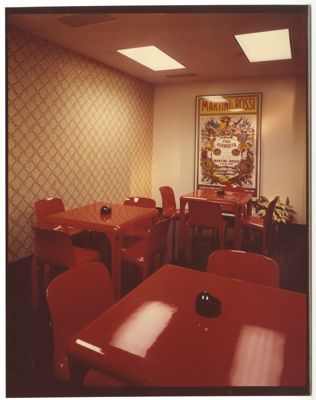
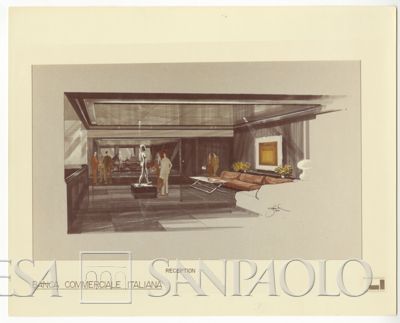

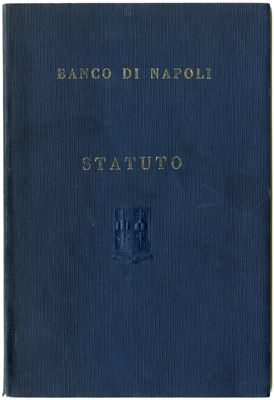

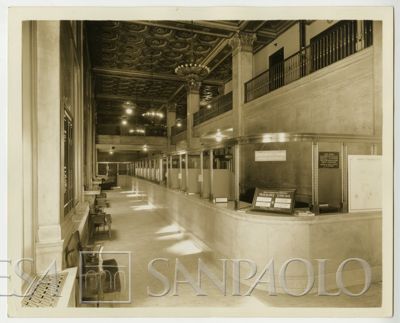



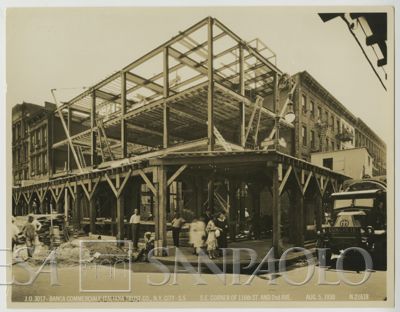



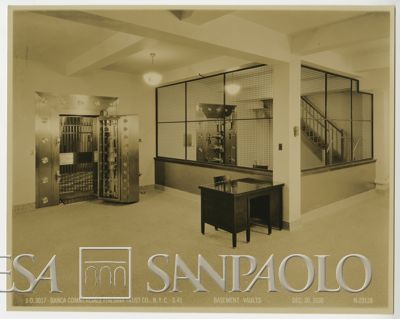
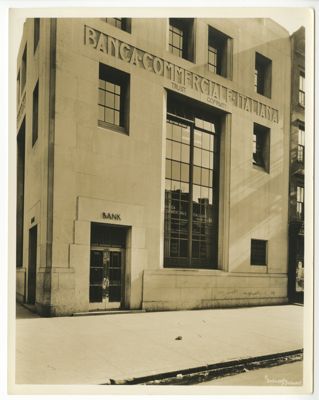
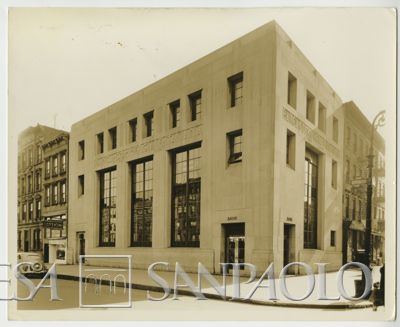
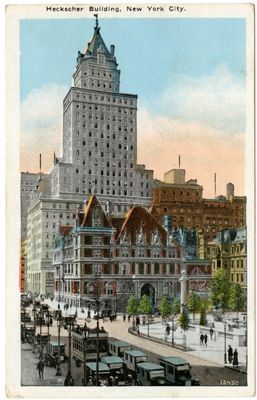


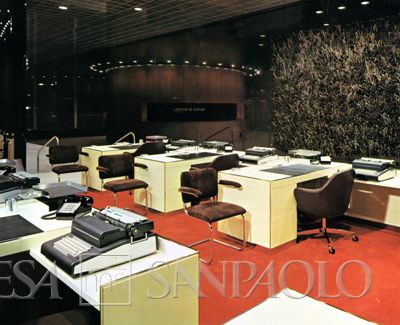

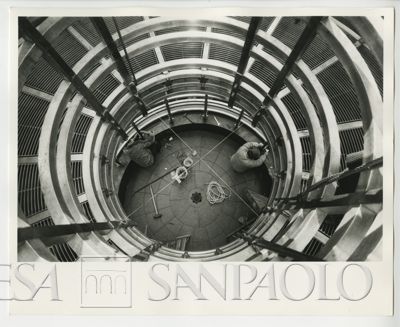

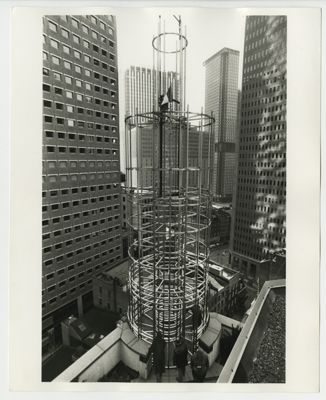
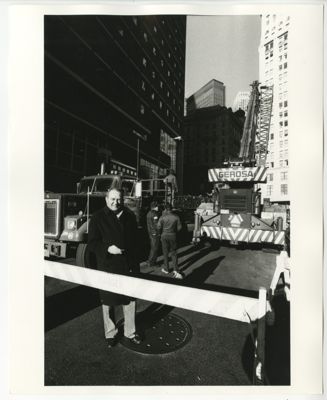

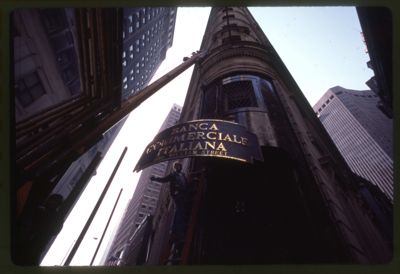


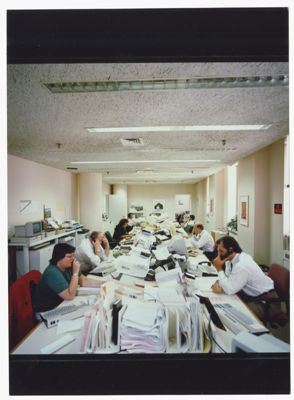

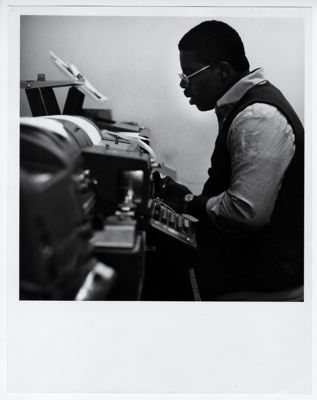















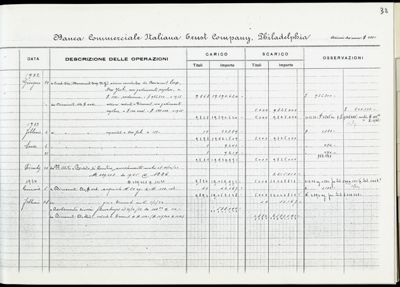
![Istituto Mobiliare Italiano, Whashington representative office's architectural model on Dupont Circle (Euram Building), [1969] (photographer unknown)](/world-map/image-t/IT/ISP/FT00001/0011558/IT.ISP.FT00001.0011558.0001.jpg)
